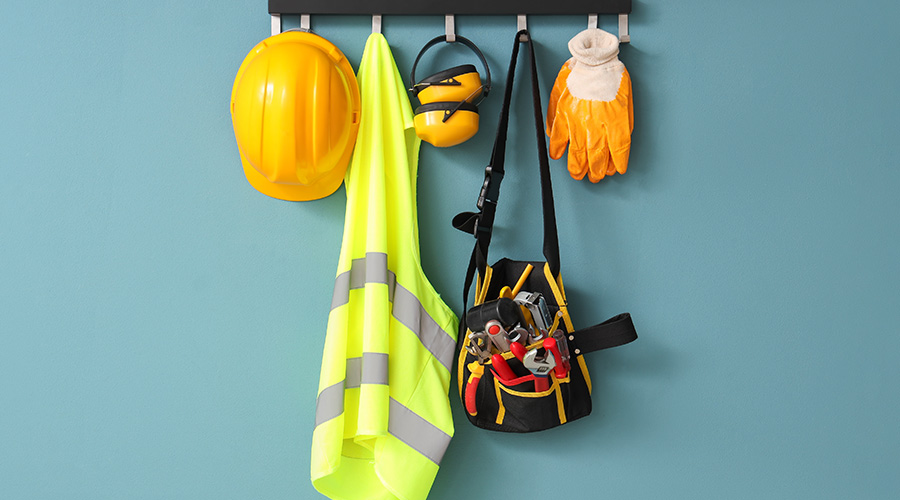Questions to Ask About Submetering Needs
Managers can determine their facilities' submetering needs by looking closely at a facility's larger energy- and water-using systems, such as chillers, cooling towers, boilers, pumps, and air handlers, and asking these questions:
- How many of these individual loads require monitoring?
- Are they clustered or spread throughout the facility?
- Is the facility a single building, or does it consist of multiple buildings?
- If there are multiple buildings, how spread out are they?
- Is there an existing network cabling system technicians can use, or will the submetering system require a new communication system?
- Is there an existing BAS the submetering system can interface?
By considering these and other related questions, managers can determine the system architecture that is most appropriate for their facilities.
Beyond The Numbers
One of the most important, yet most often overlooked, issues when considering a submetering system is managing the data that these system generate. Submetering systems do nothing more than generate data. By themselves, they do not save one Btu of energy or one drop of water.
Any savings related to their operation results from actions that managers take. Managers base those actions on information they derive from analyzing data the submetering systems provide.
The more closely and often they monitor and analyze system data, the better their options. In some cases, managers have to compare data for a system on an annual or seasonal basis. In other cases, they must make comparisons weekly or monthly, while in still others, they must make evaluations daily.
To be effective, submetering programs need a point person who is responsible for regular collecting and analyzing data the submetering system provides. This person is looking for readings that are unusual, or trends that might indicate a slowly developing issue.
In this role, the person must look at both short- and long-term implications of the data. For example, a stuck float valve in a cooling tower should make itself apparent in the data within a few days. Similarly, a chiller with fouled tubes would require the point person to compare current energy-use readings to previous readings taken under similar conditions.
In all cases, the point person is looking for both problems standing in the way of efficiency and opportunities to further enhance efficiency.
James Piper, P.E., is a national consultant based in Bowie, Md., with more than 25 years of facilities management and maintenance experience.
Related Topics:












